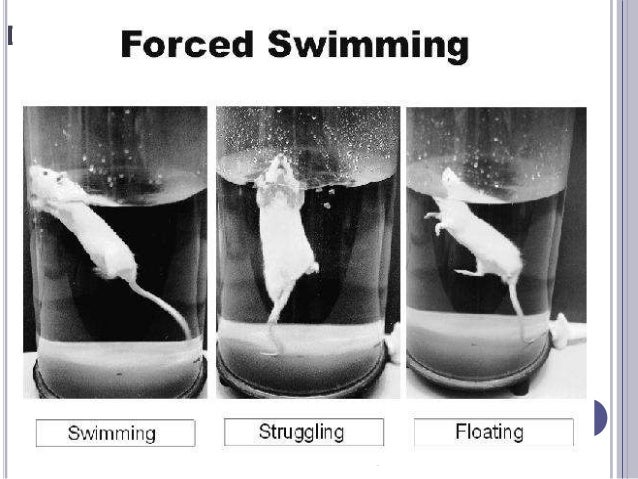1) Fatigue reducing activity level. (easily measurable - compare activity to unchallenged mice)
2) PEM - again - give them some physical exercise they would normally seek out for reward and see if you get PEM.
3) Sleep dysfunction - again easy.
4) Pain - more problematic.
5) Neurocognitive problems - problems in maze running, and interacting with others.
6) a) POTS, palor, nausea/IBS, urinary frequency
...
Many, or most of these seem measurable in mice.
Indeed, it would be relatively easy with your above-listed checks to see if the mouse model used conforms to a Canadian Consensus Criteria definition of ME/CFS.
However, I very much doubt that the this forced swim test model will create a genuine ME/CFS disease in mice. Forced swim is a quite a commonly used technique with mice; it's not specific to ME/CFS studies.
I think you really need to infect mice virally, setting up a chronic enterovirus infection in their stomach and muscle tissues, and perhaps brain tissues, as numerous studies have found in human ME/CFS patients.
It was actually in a mouse model that Prof Steven Tracy and Prof Nora Chapman discovered the existence of previously unknown type of chronic enterovirus infection, called a terminally-deleted (TD) enterovirus infection (aka:
non-cytolytic enterovirus infection). For more info, see Prof Tracy's article:
Human Enteroviruses and Chronic Infectious Disease.
Dr Chia, Tracy and Chapman believe this non-cytolytic enterovirus infection may be a major factor in ME/CFS. Dr Chia has found this non-cytolytic enterovirus in the tissues of ME/CFS patients.
So clearly mice are capable of hosting these non-cytolytic enterovirus infections, and thus could make a good models for studying the chronic enterovirus infections of ME/CFS, and the ME/CFS symptoms these enterovirus infections appear to produce.
Tracy and Chapman were studying non-cytolytic enterovirus infections of the heart muscle of mice, in their mouse model of myocarditis; but for ME/CFS purposes, we would probably want to infect the stomach and skeletal muscle tissues, and possibly the brain (since
three human autopsies on deceased ME/CFS patients showed enterovirus infection in the brain tissues).
The type of mice that Tracy and Chapman used in their studies on non-cytolytic enteroviruses are
NOD mice. This is a line of mice specially bred to study type 1 diabetes (enterovirus has been linked to type 1 diabetes, and in NOD mice, under the right conditions, enterovirus infection will trigger type 1 diabetes).





